It’s magical standing beneath the vast desert sky, watching the Milky Way stretch across the horizon.
Moab, with its rugged red rock landscapes and designated dark sky parks, offers one of the best opportunities to capture the wonders of the cosmos. The contrast between the timeless rock formations and the infinite night sky creates an experience unlike any other—one that every photographer should witness.
At the heart of this journey is Arches National Park, home to over 2,000 natural stone arches, towering pinnacles, and massive rock fins that have been sculpted by time. Established as a national monument in 1929 and later designated a national park in 1971, Arches preserves a landscape that has been millions of years in the making. These formations take on a new life under the stars, making it one of the most awe-inspiring places for night photography.
Some of the most iconic locations for capturing the beauty of Arches include:
- Delicate Arch – The park’s most famous landmark, standing alone against the vast desert sky, offering an unforgettable setting for astrophotography.
- The Windows Section – Home to North and South Window Arches and Turret Arch, this area provides stunning compositions, especially during the blue hour and under moonlight.
- Balanced Rock – A gravity-defying formation that becomes even more dramatic when silhouetted against the starry sky.
- Landscape Arch – One of the longest natural arches in the world, spanning over 290 feet and offering a breathtaking subject for long-exposure photography.
- Devil’s Garden – A remote section of the park with multiple arches and rock fins, perfect for capturing the interplay of light and shadow.
With Moab’s designation as a certified International Dark Sky Park, the conditions for astrophotography here are nearly perfect. The desert’s dry air, minimal light pollution, and dramatic rock formations create an unparalleled setting for photographing the Milky Way.
I can’t wait to share the images from this trip—stay tuned for the wonders that await under Moab’s night sky!
Essential Dark Sky Equipment:
- Camera – A full-frame DSLR or mirrorless camera with excellent low-light performance
- Lens – A fast, wide-angle lens (f/2.8 or lower) to capture as much light as possible
- Tripod – A sturdy, vibration-resistant tripod for long exposures
- Intervalometer – For capturing long-exposure shots without touching the camera
- Headlamp (red light mode) – For navigating in the dark without ruining night vision
- Extra batteries & memory cards – Cold nights drain batteries faster than you’d expect
- Star tracking app – Helps plan Milky Way visibility and positioning
- Warm layers – Desert nights can get surprisingly cold
- Snacks & water – Because stargazing (and waiting for the perfect shot) takes time

